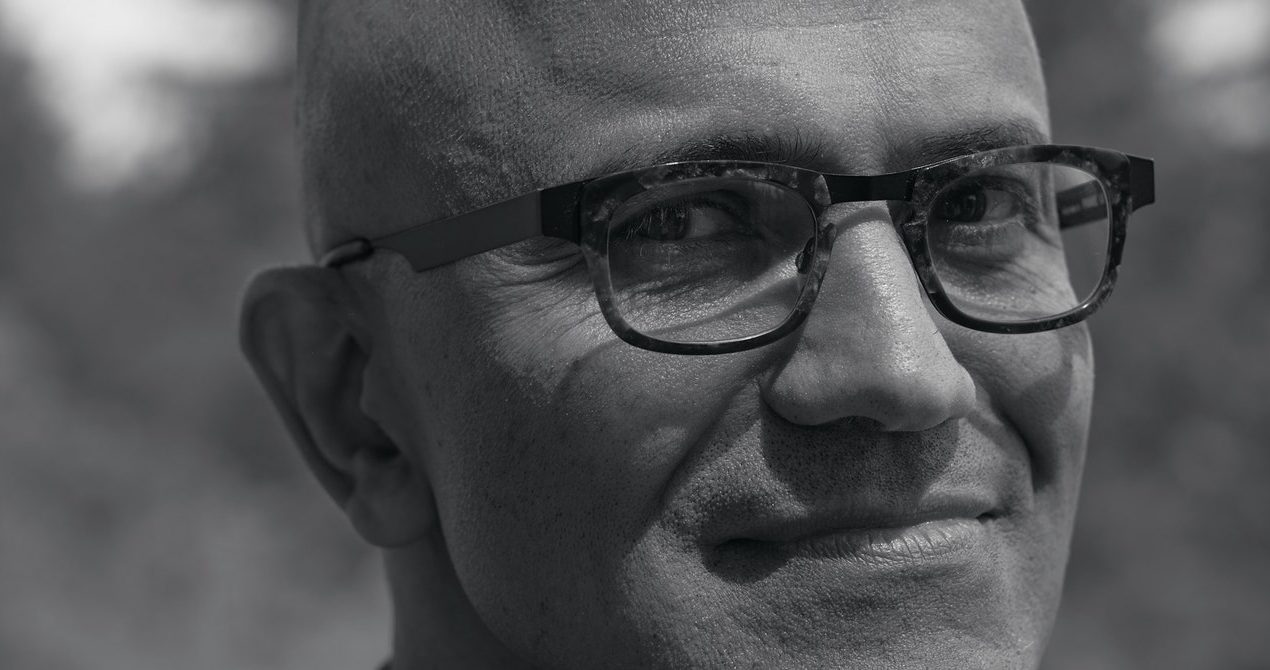SATYA NADELLA: When we went from GPT 2.5 to 3, we all started seeing these emergent capabilities. It began showing scaling effects. We didn’t train it on just coding, but it got really good at coding. That’s when I became a believer. I thought, “Wow, this is really on.”
Was there a single eureka moment that led you to go all in?
It was that ability to code, which led to our creating Copilot. But the first time I saw what is now called GPT-4, in the summer of 2022, was a mind-blowing experience. There is one query I always sort of use as a reference. Machine translation has been with us for a long time, and it’s achieved a lot of great benchmarks, but it doesn’t have the subtlety of capturing deep meaning in poetry. Growing up in Hyderabad, India, I’d dreamt about being able to read Persian poetry—in particular the work of Rumi, which has been translated into Urdu and then into English. GPT-4 did it, in one shot. It was not just a machine translation, but something that preserved the sovereignty of poetry across two language boundaries. And that’s pretty cool.
Microsoft has been investing in AI for decades—didn’t you have your own large language model? Why did you need OpenAI?
We had our own set of efforts, including a model called Turing that was inside of Bing and offered in Azure and what have you. But I felt OpenAI was going after the same thing as us. So instead of trying to train five different foundational models, I wanted one foundation, making it a basis for a platform effect. So we partnered. They bet on us, we bet on them. They do the foundation models, and we do a lot of work around them, including the tooling around responsible AI and AI safety. At the end of the day we are two independent companies deeply partnered to go after one goal, with discipline, instead of multiple teams just doing random things. We said, “Let’s go after this and build one thing that really captures the imagination of the world.”
Did you try to buy OpenAI?
I’ve grown up at Microsoft dealing with partners in many interesting ways. Back in the day, we built SQL Server by partnering deeply with SAP. So this type of stuff is not alien to me. What’s different is that OpenAI has an interesting structure; it’s nonprofit.
That normally would seem to be a deal-killer, but somehow you and OpenAI came up with a complicated workaround.
They created a for-profit entity, and we said, “We’re OK with it.” We have a good commercial partnership. I felt like there was a long-term stable deal here.
Apparently, it’s set up so that OpenAI makes money from your deal, as does Microsoft, but there’s a cap on how much profit your collaboration can accumulate. When you reach it, it’s like Cinderella’s carriage turning into the pumpkin—OpenAI becomes a pure nonprofit. What happens to the partnership then? Does OpenAI get to say, “We’re totally nonprofit, and we don’t want to be part of a commercial operation?”
Source




